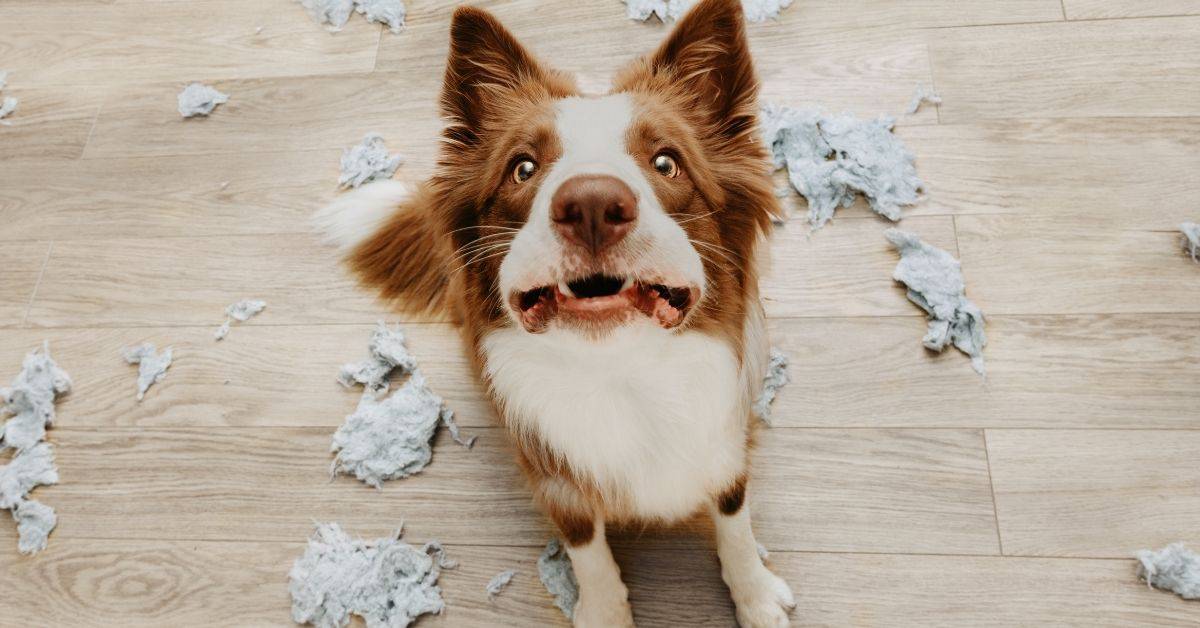For dog owners, it’s important to be aware of the common signs of anxiety in your furry friend.
While some dogs may show obvious signs of distress, others may exhibit more subtle behavior changes that can be easily overlooked.
Paying attention to your dog’s body language and overall demeanor can help you identify when they may be feeling anxious or stressed.
Look for signs like panting, pacing, yawning, drooling, shaking, and hiding.
If you notice any of these behaviors, take a moment to calm your dog and provide reassurance.
In severe cases, anxiety can lead to dangerous behaviors like aggression or self-harm, so it’s important to seek professional help if you’re concerned about your dog’s mental health.
In this article, we share 12 common signs of dog anxiety.
Excessive Barking Or Howling
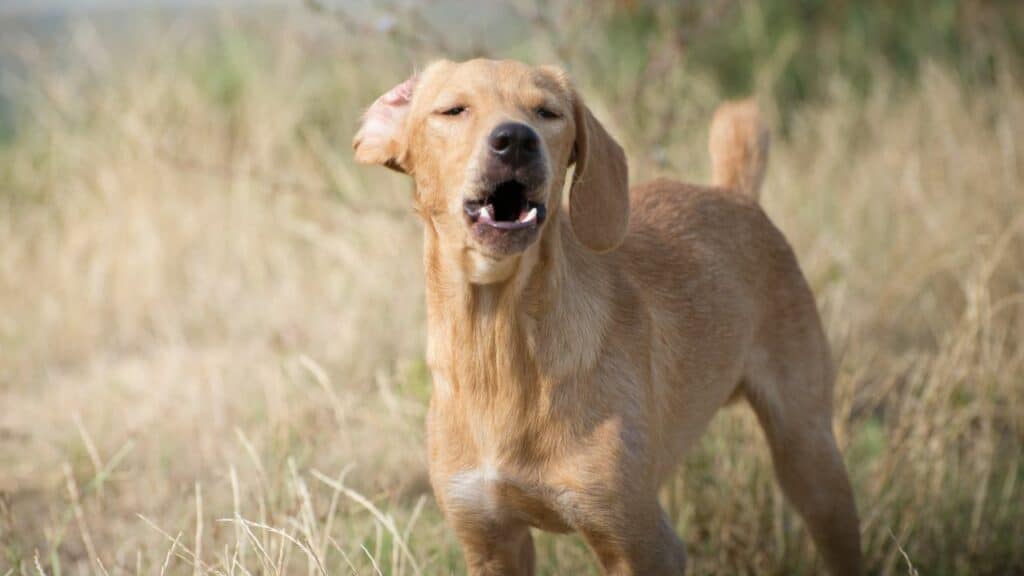
When your dog barks or howls a lot, it could be a sign that he or she is feeling anxious.
All dogs have different ways of showing how they feel than people do, so this is an important behavior to watch and learn about.
To figure out why your pet is unhappy, you should first look at how they spend their days and rule out any health problems.
Anxiety is often caused by changes in the environment, not getting enough exercise, not spending enough time with other people, or fear of being alone.
Body language and sounds can tell you a lot about how your dog is feeling.
With patience, the right training, and support, you can help your pup stop being so anxious.
Pacing Or Restless Behavior
Dogs communicate through a variety of body language and behaviors.
Recognizing and paying attention to these signs can help indicate when your pooch is feeling anxious.
One particular behavior may alert you to a heightened level of stress in your pup: pacing or restlessness.
If your dog starts to walk or circle around more quickly than usual, this could be a sign that your friend needs more reassurance and comfort.
By making the environment less stressful and giving the mind more to do, you can help get rid of the anxiety that made the person move too much in the first place.
Panting Or Drooling Excessively
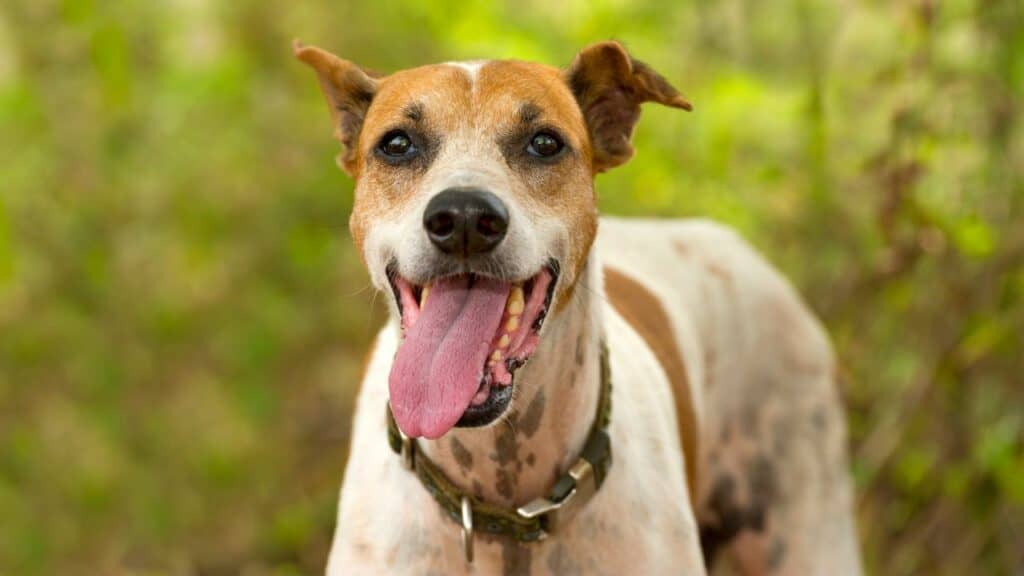
It’s not uncommon for dogs to drool or pant in certain situations, such as when they’re excited or hot.
However, if you notice your pup panting or drooling excessively in response to everyday things like going for a walk, riding in the car, or meeting strangers, it could be a sign of anxiety.
If you do suspect that your dog is displaying anxious behavior, it’s always best to consult your veterinarian or an animal behaviorist who can provide guidance and treatment options.
Anxious behaviors can be managed through proper training and targeted treatments like desensitization. With the right care and support, your pup can enjoy life without any extra stressors!
Hiding Or Cowering Is A Sign Of Anxiety In Your Dog
If you notice that your beloved pup has seemed to develop a fear of loud noises or sudden movements, they may be expressing anxiety through hiding and cowering.
This behavior can manifest in different ways depending on the dog.
Some may retreat to their bed while others might seek solace under furniture or behind curtains.
It is important to remember that this reaction is instinctive rather than intentional, and it should be addressed promptly before it becomes worse.
One way to help them is by providing soft music or white noise during scary times.
This can remind your dog that everything is okay.
Additionally, if you observe any changes in your pet’s behavior, consult a vet who specializes in animal psychology for professional advice.
Refusing To Eat
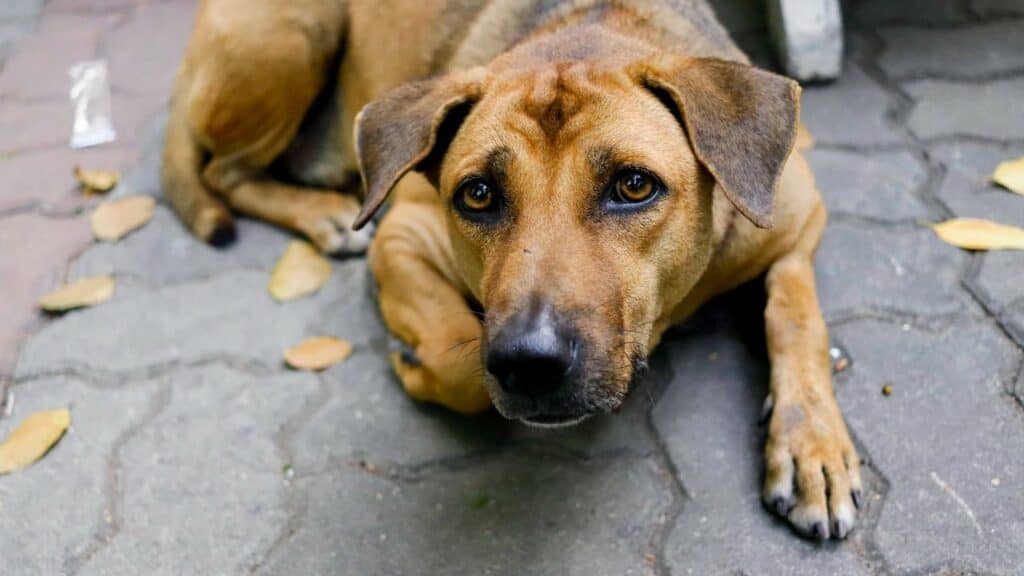
Refusing to eat can be a stressful sign for pet owners as it indicates anxiety in their canine companion.
A number of factors could be influencing your pup’s appetite, such as changes in the environment or routine.
It is important to observe and pay attention to any other behaviors that may be accompanying this lack of eating habit.
Trembling Or Shaking
Many owners may not realize it, but trembling or shaking can be a sign of anxiety in their dogs.
This behavior can have numerous causes and even physical issues such as hypoglycemia or health problems.
In the case of anxiety, however, the trembling is often accompanied by other signs such as panting heavily, salivating excessively and pacing.
If you notice your dog displaying any of these behaviors for an extended period of time, you should consult a veterinarian to rule out any physical causes and determine the cause of your pet’s anxiousness.
Remember that providing your pup with a safe and comforting environment can go a long way in helping them to reduce their stress levels.
Destruction Of Property
One of the most common signs that a dog is suffering from anxiety is destruction of property.
Dogs who are anxious may begin to chew furniture, rip up carpet, or tear apart clothing and other items in an attempt to cope with their feelings.
This kind of destructive behavior can be alarming for owners and it’s important to understand why it might be happening in order to properly address the issue at hand.
Urination And/Or Defecation In Inappropriate Places

Urination and/or defecation in inappropriate places is one of the common signs of anxiety in dogs.
It can be a sign that your dog is feeling overwhelmed or stressed out by something, especially if it does not happen often.
If you notice this behavior happening more frequently, it could indicate that your dog is suffering from chronic anxiety.
Persistent Licking Of Self Or Objects
One of the most common signs that your dog is struggling with anxiety is persistent licking.
If your pup starts excessively licking themselves, objects around them or even the air, it could be a sign that they are feeling anxious.
Whether it’s their paws, legs, tail, or even furniture and toys in the house.
If you notice this behavior more often than usual then there may be an underlying cause for concern.
This type of compulsive behavior can become very difficult to break over time so it’s important to address any issues early on before they worsen.
Seizures
Seizures are a sign of anxiety in dogs that can be caused by a number of factors, such as fear or stress.
Seizures typically manifest themselves through uncontrollable shaking, twitching and jerking movements, and possibly even loss of consciousness.
Depending on the severity of the seizure, it may last for just a few seconds or up to several minutes. In some cases, seizures can even recur multiple times over the course of an hour or more.
If your dog is having seizures due to anxiety, it’s important to get them checked out by a veterinarian right away so they can receive proper treatment and care.
Excessive Salivation
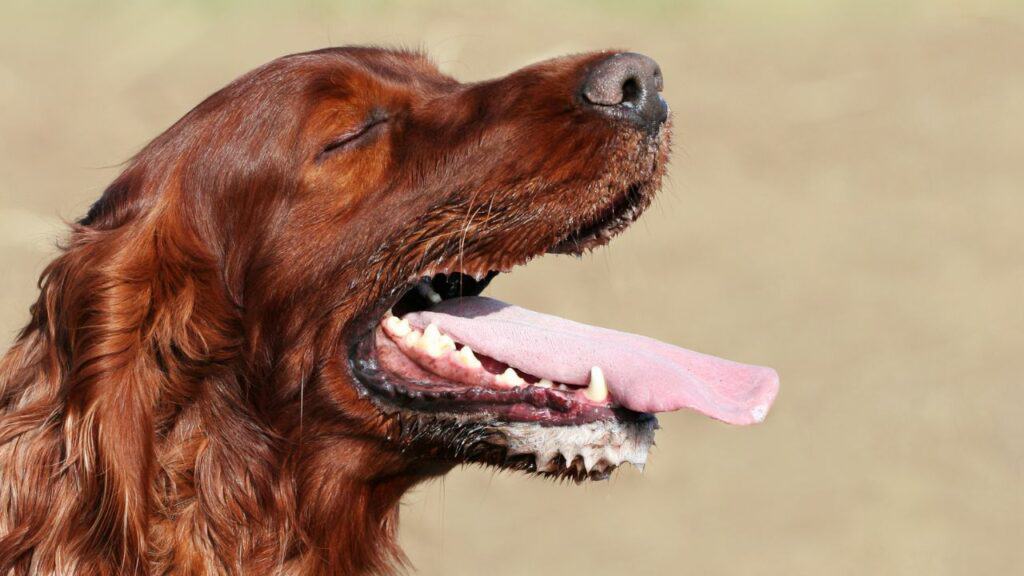
Excessive salivation, commonly referred to as ‘drooling’, is often a sign of anxiety in dogs.
Even though it’s normal for dogs to drool when they smell something good or lick their lips when they’re excited, a lot of drooling can be a sign that your dog is nervous or stressed.
It can be accompanied by widening eyes, panting, pacing around the room, or cowering away from loud noises and other environmental stressors.
Dogs can also drool a lot if they are sick or in pain, so it’s best to check with a vet to make sure it’s not a medical problem before assuming it’s because of anxiety.
Also, bloodhounds, St. Bernards, and Newfoundlands are more likely to drool than other breeds because their jowls hang down and their skin is loose. This is something else to think about.
Aggression
Aggression is one of the most common signs of anxiety in dogs.
When a dog is feeling anxious, they may try to protect themselves by displaying aggression or behaving aggressively.
Aggressive behaviors can include growling, lunging, snapping, and biting.
In some cases, owners may notice that their previously friendly dog is now more aggressive.
This could be because their anxiety is too high and they are trying to make room for themselves or protect themselves from perceived threats.
Aggression can also be a sign of a health problem or physical pain, so if you notice your pet acting aggressively, it’s important to have them checked out.
Stress hormones can also cause people to act differently and be more aggressive.
If you think your dog is exhibiting signs of anxiety-related aggression, consider seeking professional help from a certified animal behavior specialist.
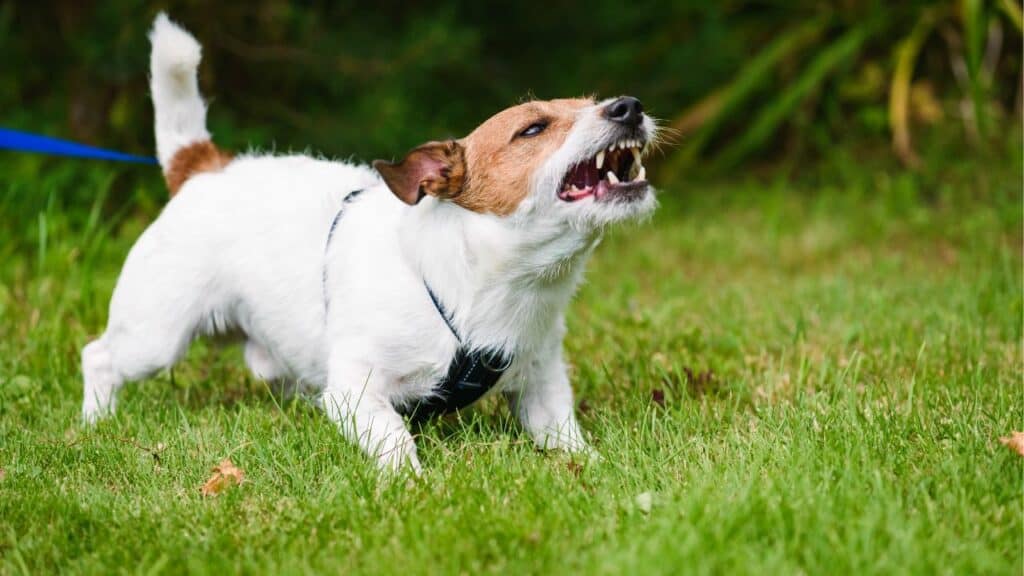
He can rule out other potential causes of this behavior and create an effective treatment plan
Anxiety-related aggression typically occurs when a dog feels threatened or overwhelmed by certain people or situations.
Dogs may become defensive if they feel as though something is going to harm them or if they have no control over their surroundings.
They may also become fearful if they don’t understand what’s happening around them and perceive it as dangerous.
To prevent anxiety-related aggression, provide your pup with plenty of structure and consistency in the form of positive reinforcement training.
If your dog is exhibiting any of these behaviors, it’s important to take him or her to the vet as soon as possible.
While some of these behaviors could be caused by excitement or nerves, they could also be indicative of a more serious problem.
Don’t wait to find out – if your dog is showing signs of distress, make an appointment with your veterinarian today.
Before You Go…
You now know the signs of dog anxiety.
If you want to learn more, read the following article too!

